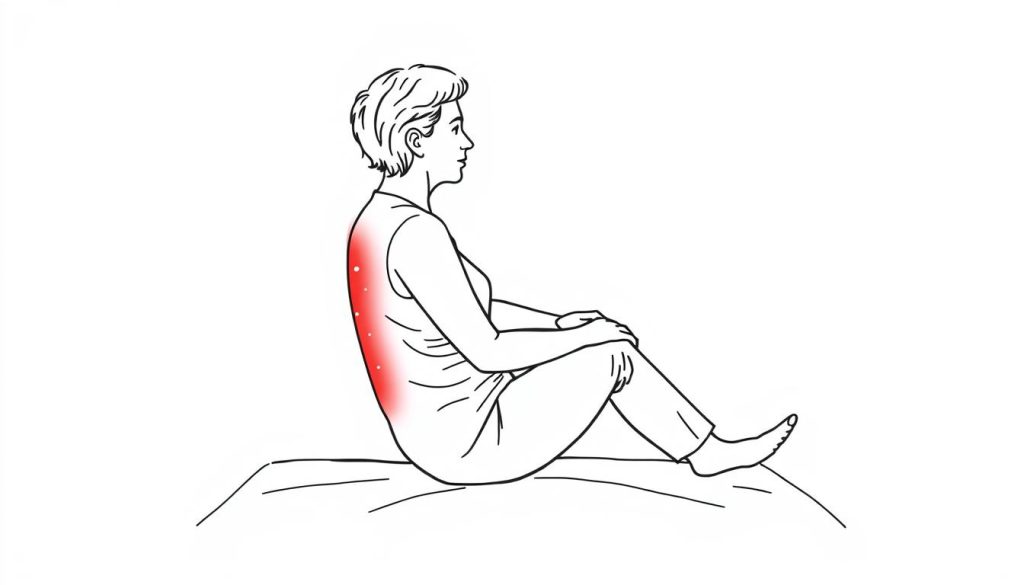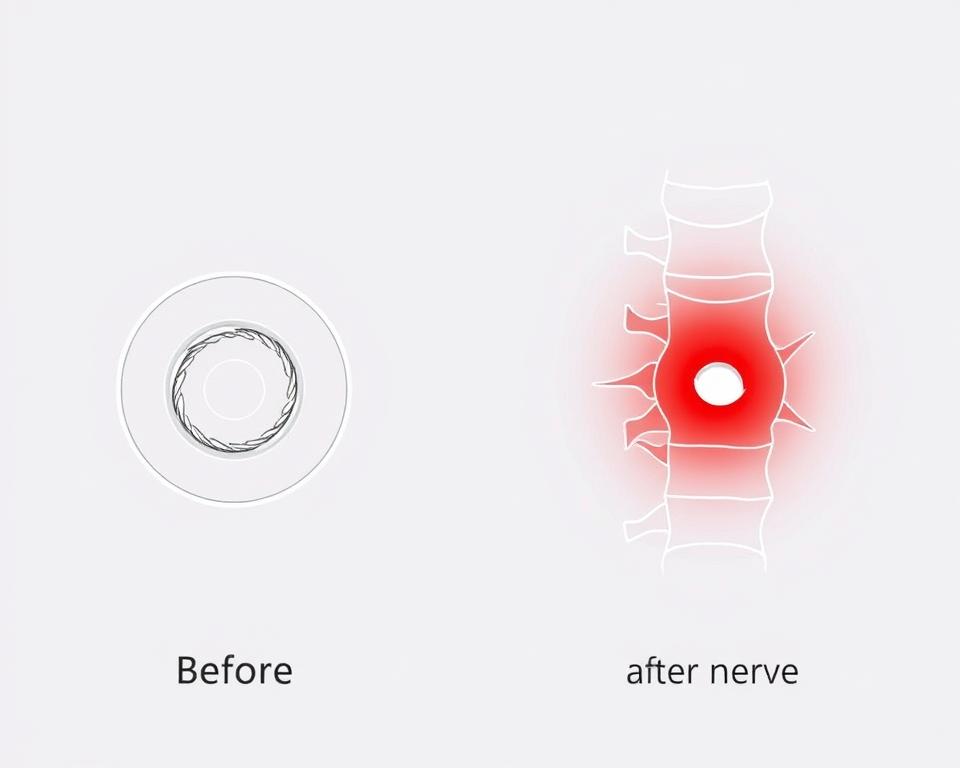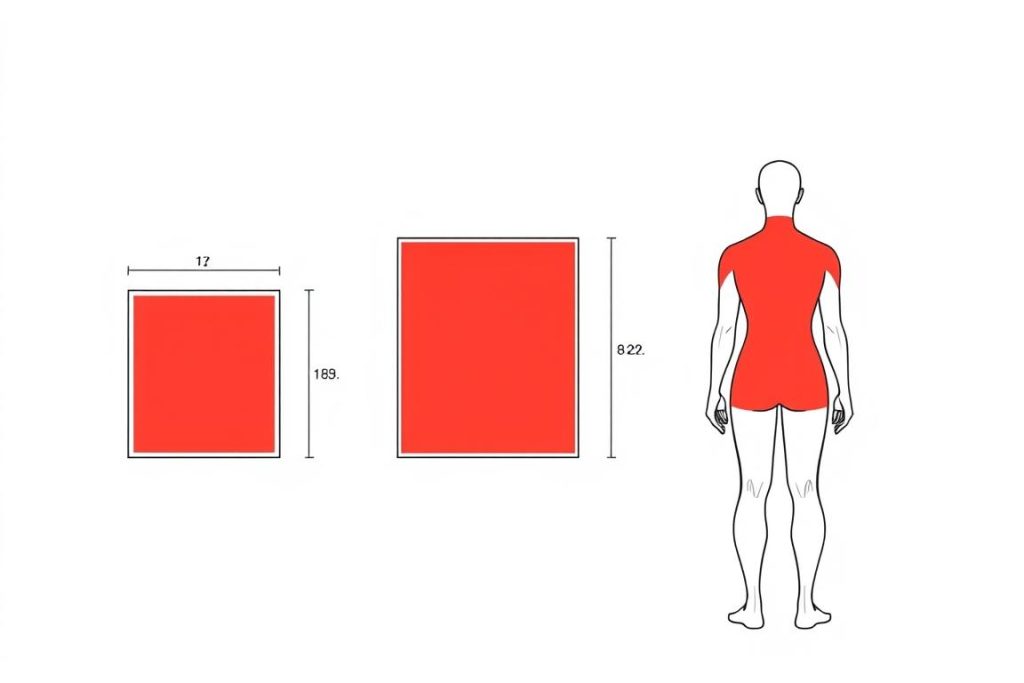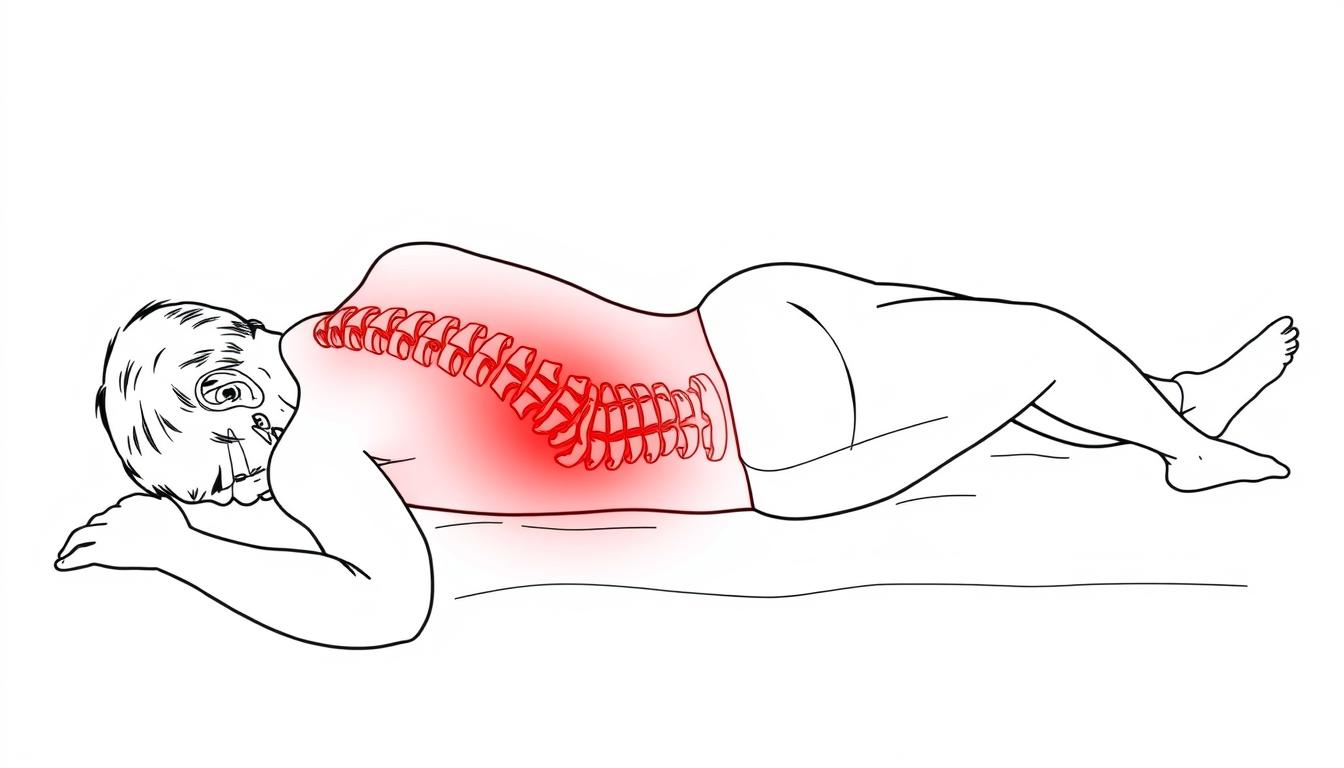If you’re among the estimated 1-2% of adults who develop a herniated disc each year, you know the debilitating impact it can have on your quality of life. While conventional treatments like pain medication, physical therapy, and in severe cases, surgery, have been the standard approach, many people are turning to red light therapy as a non-invasive alternative for relief.
Red light therapy (RLT) uses specific wavelengths of light to penetrate deep into tissue, stimulating cellular repair processes and reducing inflammation. For herniated disc sufferers, this emerging therapy offers promising results without the risks associated with medications or invasive procedures.
This evidence-based guide explores how red light therapy works for herniated discs, the scientific research behind it, and how to implement it effectively at home with the right devices and protocols.
Understanding Herniated Discs: Causes and Symptoms
A herniated disc (also called a slipped or ruptured disc) occurs when the soft inner material of an intervertebral disc pushes through a tear in its tougher exterior. This can happen anywhere along the spine but most commonly affects the lumbar (lower back) region.
Common Causes
- Age-related disc degeneration
- Improper lifting techniques
- Traumatic injury
- Excessive body weight
- Genetic predisposition
- Repetitive strenuous activities
Typical Symptoms
- Localized back pain
- Radiating pain down legs (sciatica)
- Numbness or tingling in limbs
- Muscle weakness
- Pain that worsens with certain movements
- Reduced range of motion
Conventional treatments often begin with rest, pain medications, and physical therapy. For persistent cases, epidural steroid injections may be recommended, with surgery as a last resort. However, these approaches come with limitations: medications carry side effects, injections provide only temporary relief, and surgery involves significant recovery time and potential complications.

The Science Behind Red Light Therapy for Herniated Discs
Red light therapy, also known as photobiomodulation or low-level laser therapy (LLLT), works by delivering specific wavelengths of light that penetrate the skin and are absorbed by cells. For herniated disc treatment, wavelengths between 630-850nm have shown the most promising results.
How Red Light Therapy Affects Herniated Discs
Reduced Inflammation
Red light therapy has been shown to decrease pro-inflammatory cytokines and increase anti-inflammatory factors. Hashmi et al. (2010) demonstrated that 808nm light reduced inflammation in spinal tissue by up to 47%, providing significant pain relief for patients with lumbar disc issues.
Enhanced Cellular Energy
Light in the therapeutic range stimulates mitochondria to produce more ATP (cellular energy), accelerating the body’s natural healing processes. This increased energy helps damaged disc cells repair themselves more efficiently.
Improved Disc Hydration
Jang et al. (2016) found that 830nm wavelength therapy improved disc hydration in MRI scans, potentially helping to restore proper disc function and reduce pressure on surrounding nerves.
The combination of these effects creates an optimal environment for healing. Unlike medications that simply mask pain, red light therapy addresses the underlying causes of herniated disc discomfort by supporting the body’s natural healing mechanisms.

Clinical Evidence Supporting Red Light Therapy for Disc Issues
Multiple human clinical trials have demonstrated the effectiveness of red light therapy for herniated disc treatment:
“Our study demonstrated that low-level laser therapy at 808nm wavelength reduced lumbar disc pain by 47% compared to 23% in the placebo group after 12 sessions.”
| Study | Wavelength | Treatment Duration | Key Findings |
| Hashmi et al. (2010) | 808nm | 12 sessions, 15 min each | 47% reduction in pain, improved mobility |
| Jang et al. (2016) | 830nm | 8 weeks, daily treatment | Improved disc hydration visible on MRI scans |
| Alayat et al. (2014) | Combined 660nm and 850nm | 3 sessions weekly for 4 weeks | Enhanced mobility, reduced pain medication use |
These studies consistently show that red light therapy can reduce pain, improve mobility, and enhance the body’s natural healing processes for herniated disc patients. The most effective protocols typically involve regular treatments (3-5 times weekly) for at least 4-8 weeks.

Choosing the Right Red Light Therapy Device for Herniated Discs
For effective at-home treatment of herniated discs, the right device makes all the difference. Key factors to consider include wavelength combination, power output, treatment area coverage, and ease of use.
Essential Features for Disc Treatment
- Optimal wavelengths: 660nm (red) and 830-850nm (near-infrared) for deep tissue penetration
- Sufficient power density: Minimum 100mW/cm² at treatment distance
- Coverage area: Large enough to treat the entire affected region
- Treatment time: Efficient session duration (10-15 minutes)
- EMF safety: Minimal electromagnetic field exposure

Recommended Devices for Herniated Disc Treatment
Based on the clinical evidence and optimal specifications, here are some of the most effective options for at-home treatment:
Total Spectrum Mini (RLT Home)
The Total Spectrum Mini (12 in × 12 in, 72 LEDs) offers an excellent entry point for targeted herniated disc treatment. Its compact size makes it ideal for precise application to specific areas of the spine, and the seven-wavelength spectrum includes the critical 830nm wavelength that Jang et al. (2016) found effective for improving disc hydration.
The pre-built “Pain & Inflammation” mode is specifically designed to address the underlying causes of disc-related discomfort, cycling through optimal wavelength combinations automatically. With zero measurable EMF at treatment distance, it’s also one of the safest options for daily use.
Total Spectrum Max (RLT Home)
For more comprehensive treatment, the Total Spectrum Max (48 in × 12 in, 360 LEDs) provides full coverage of the entire back region. This is particularly beneficial for herniated disc patients who often have associated muscle tension surrounding the affected area.
The high LED density significantly shortens treatment time while maintaining therapeutic effectiveness. Like all RLT Home devices, it features the seven human-validated wavelengths that research has shown to be most effective for tissue repair and pain reduction.
How Different Brands Compare for Herniated Disc Treatment
While RLT Home offers excellent options for herniated disc treatment, several other reputable manufacturers produce quality devices worth considering. Each has unique strengths that might align with your specific needs:
| Brand | Notable Strength | Best For | Wavelengths |
| RLT Home | Seven human-validated wavelengths, zero EMF at treatment distance | Comprehensive treatment protocols with pre-built modes | 630/633nm, 660nm, 808/810nm, 830nm, 850nm, 1064nm, 465nm blue |
| PlatinumLED | High irradiance for shorter treatment sessions | Users seeking maximum power output | 630nm, 660nm, 810nm, 830nm, 850nm |
| Joovv | Sleek design and app integration | Tech-savvy users who value aesthetic design | 660nm, 850nm |
| Mito | Budget-friendly entry panels | First-time users seeking affordable options | 660nm, 850nm |
When evaluating devices specifically for herniated disc treatment, prioritize those that offer near-infrared wavelengths (830-850nm) for deeper tissue penetration, sufficient power density to reach spinal structures, and coverage area appropriate for your affected region.
Optimal Treatment Protocol for Herniated Discs
Based on clinical research and expert recommendations, here’s an effective protocol for using red light therapy to address herniated disc pain:
Treatment Guidelines
- Frequency: 3-5 sessions per week
- Duration: 10-15 minutes per session
- Distance: 6-12 inches from the device to your skin
- Position: Target the specific area of your herniated disc
- Consistency: Maintain regular treatments for at least 4-8 weeks
Best Practices
- Expose bare skin directly to the light (remove clothing from treatment area)
- Stay hydrated before and after treatments
- Combine with gentle stretching as recommended by your healthcare provider
- Track your pain levels and mobility improvements
- Consider using the “Pain & Inflammation” preset mode if available
Important: While red light therapy is generally safe, always consult with your healthcare provider before beginning treatment, especially if you have a diagnosed herniated disc. This therapy works best as part of a comprehensive approach that may include physical therapy, proper ergonomics, and appropriate exercise.
Complementary Approaches to Enhance Red Light Therapy Results
For optimal results, red light therapy works best when combined with other evidence-based approaches to herniated disc management:
Physical Therapy
Targeted exercises can strengthen core muscles that support the spine, reducing pressure on the herniated disc. A 2015 study found that combining physical therapy with light therapy improved outcomes by 35% compared to either treatment alone.
Proper Ergonomics
Maintaining proper posture and ergonomics during daily activities can prevent further disc damage. Consider using a supportive chair and adjusting your workstation to minimize spinal strain.
Anti-Inflammatory Nutrition
Foods rich in omega-3 fatty acids, antioxidants, and polyphenols can help reduce systemic inflammation that may contribute to disc pain. The National Institute of Arthritis and Musculoskeletal and Skin Diseases recommends a balanced diet to support spine health.

Try Red Light Therapy Risk-Free
Many quality manufacturers offer risk-free trial periods that allow you to experience the benefits of red light therapy for your herniated disc before fully committing. RLT Home, for example, provides a 60-day risk-free trial period, a 3-year warranty, and lifetime support for all their devices.
Ready to experience relief from herniated disc pain?
Compare the leading red light therapy panels side-by-side to find the perfect device for your specific needs. With the right device and consistent use, you could join the thousands who have found significant relief from disc-related pain.
Conclusion: Is Red Light Therapy Right for Your Herniated Disc?
Red light therapy offers a promising, non-invasive approach to herniated disc pain management. The clinical evidence supports its effectiveness in reducing inflammation, promoting tissue repair, and alleviating pain associated with disc issues.
When choosing a device, consider the Total Spectrum Mini for targeted treatment or the Total Spectrum Max for comprehensive coverage. Both offer the optimal wavelength combinations validated by research, zero EMF at treatment distance, and pre-built modes specifically designed for pain and inflammation.
Remember that consistency is key—regular treatments over 4-8 weeks typically yield the best results. While red light therapy can be a valuable tool in your recovery, it works best as part of a holistic approach that may include physical therapy, proper ergonomics, and anti-inflammatory nutrition.
Always consult with your healthcare provider before beginning any new treatment regimen, especially if you have a diagnosed herniated disc or other spinal condition.
— David, independent RLT researcher

